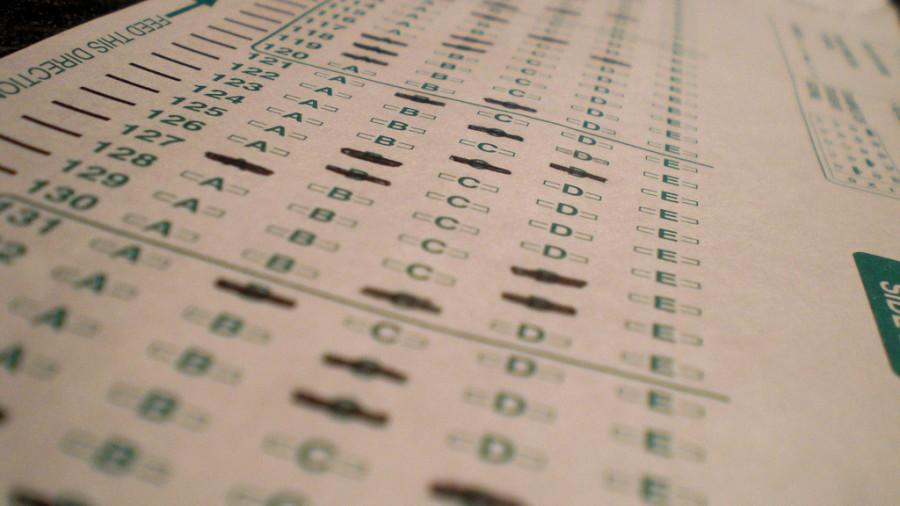Testing a Test: The New SATs
One of the biggest things that high school students dread most is standardized testing, and specifically, the SAT.
Regardless of grade or class level, most people will eventually take the SAT in order to apply for college. Since 2005, the SAT has been comprised of four components: critical reading, writing, mathematics, and an essay. This is in addition to an emphasis on reasoning skills, logic, and vocabulary. Correct answers score a point, blank answers have no penalty, and wrong answers lead to deductions. Scores range from 600 to 2400, with essay results scaled to the writing multiple-choice section.
However, in spring 2016, this will change. As reported by CNN, David Coleman, CEO and College Board President, understands that standardized tests have become “too stressful for students, too filled with mystery, and ‘tricks’ to raise scores and aren’t necessarily creating more college-ready students.”
Even though the testing time will remain around the same amount (about three hours and 50 minutes with the essay portion), the new SAT will have different focuses and approaches.
The new SAT will be comprised of evidence-based reading and writing, with a reading test and a writing and language test, in addition to a math test and an optional essay that you may choose to take depending on your varying college admission requirements. This essay will take 50 minutes to write at the end of the SAT, rather than the original 25 minutes at the beginning of the test. The essay’s focus will move toward heavier analysis and providing evidence with a text. There will be no penalty for incorrect answer choices and the test will scale back from 2400 to 1600, with an additional essay score.
Coleman believes that it will “no longer…focus on tricks and trying to eliminate answer choices…but [students] justifying their answers.” Reported by Washington Post, Stuart Schmill, Dean of Admissions for MIT, said, “This test will be better aligned with what students should be learning in high school to prepare for college…and that just makes sense.” Overall, there will be a shift toward questions that are more knowledge-based regarding material learned in school.
Even though current sophomores and juniors will not be able to take the new SAT, College Board’s move to change standardized testing marks an attempt to further improve high school students’ learning and preparation for postsecondary education.





